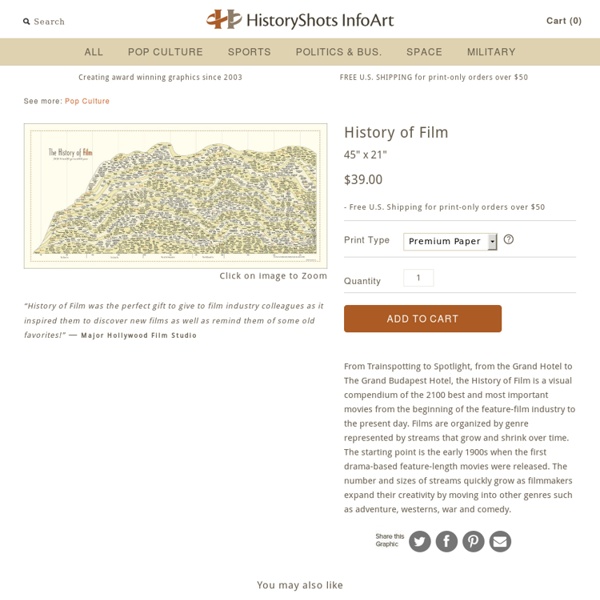



EarlyCinema.com Judge agrees to consider Samsung's accusations of juror misconduct in Apple patent trial Judge Lucy Koh has agreed to consider questions on whether Samsung's decisive legal loss in August was improperly influenced by jury foreman Velvin Hogan. Last month, Samsung asked the court to investigate whether Hogan had concealed information about previous legal entanglements that could have revealed an anti-Samsung bias, and whether he introduced outside information that affected the verdict. Samsung hopes to prove that foreman Velvin Hogan lied by omission Yesterday, Judge Koh issued a statement saying that at a December 6th hearing, "the Court will consider the questions of whether the jury foreperson concealed information during voir dire [jury selection], whether any concealed information was material, and whether any concealment constituted misconduct. That last part is relevant because Samsung has filed a motion to require Apple to disclose when it became aware of "certain information" about Hogan, something that will be addressed on December 6th.
Apple Tree When it comes to industrial design, few consumer electronics or computer makers have the legacy or influence of Apple, Inc. In the last 35 years, Apple has introduced a myriad of products and devices, some very successful, some, not so much. Artist Mike Vasilev created this infographic for Mashable, highlighting the major Apple product releases and design changes from 1976 through 2011. With rumors of the iPhone 5, iPhone 6 and a smaller, lower-cost iPhone all spreading through the technosphere, we feel certain that at least one more item will be added to the "redesign" list before 2011 closes out. What is your favorite Apple design of all time? Let us know in the comments. Graphic created by Mike Vasilev "storia Del Cinema", Di Gianni Rondolino - Appunti di Storia Del Cinema gratis Studenti.it VOTO: 3 Appunto inviato da sanasun Louis e Auguste Lumiere La prima proiezione pubblica dei film realizzati da Louis Lumiere e da suo fratello Auguste alla fine del 1895 fu preceduta ovviamente da una lunga serie di sperimenti, ricerche tecniche, prove e messe a punto. Così quando Louis arrivò ad escogitare un apparecchio che servisse contemporaneamente per la ripresa e la proiezione delle immaginai fotografiche animate, il ciclo delle sperimentazioni poteva dirsi concluso: il cinema era nato. L'apparecchio venne chiamato Cinematografo ed era estremamente semplice: era azionato da una manovella che consentiva lo scorrimento e il riavvolgimento della pellicola cinematografica, in modo che le riprese continue potessero durare un tempo abbastanza lungo per rappresentare azioni compiute. Con questo dispositivo la realtà poteva essere riprodotta con straordinaria precisione.
The Gadget Flow | Top Gadgets of the Web Social Media Distracts You How often does the social media monster swallow you whole? More than you may think, according to Red e App, which lets consumers get notifications from businesses without having to provide their personal information. The company developed an infographic, below, that details how interruptions impact employee productivity. "Is it possible to be too connected in this digital age?" Among the findings, the infographic shows that workers are interrupted approximately once every 10.5 minutes, and that it takes an average of 23 minutes to return to an assigned task.
Film Genre: Hollywood And Beyond - Professor Barry Langford muse | a collection of inspiration Google Tips and Tricks With technology advancing as quick as it does, we sometimes forget the simple things that brought us here. To educate the students of tomorrow, we’ve got to continually remember the basic, but crucial tips of one of the biggest tech giant in our day has to offer – so get more out of Google. Brought to you by hackcollege.com . Brought to you by hackcollege.com Erfurt Collection of Cinema Studies Catalogue The Erfurt Collection of Cinema Studies: Short-Title Catalogue 1997 Aaronson, Charles S. (ed.). New York: Quigley Publications, 1966. Ackland, Rodney and Elspeth Grant. London: Allan Wingate, 1954. Adler, Renata. New York: Random House, 1969. Agate, James. (Second series). Amsterdam: Home & Van Thal, 1948. Numéro 4-5, 1951. Paris: Adonis Kyrou, 1951. Paris:L'Age Nouveau, 1955. Agel, Henri. Tournai, Paris: Casterman, 1954. Paris: Editions du Cerf, 1952. Paris: Editions du Cerf, 1953. Paris: Presses Universitaires de France, 1957. Paris: Editions Universitaires, 1959. Paris: Editions du Cerf, 1967. Agel, Henri, Freddy Buache, Pierre Kast et al. Lausanne: Cinémathèque Suisse, 1959. Agel, Henri and Geneviève. N.p.: Castermann, 1962. Aguirre, Javier. Madrid: Editorial Fundamentos 1972. Ajame, Pierre. Paris: Flammarion, 1967 Moskwa: Iskusstwo, 1965. Albertson, Lillian. New York: Funk & Wagnalls, 1947. Alcover, N. and Angel A. Bilbao: Mensajero, 1975. Alicoate, Jack. New York: Film Daily, 1934. Allan, Angela and Elkan. Halle. ?
extrememodify 10 rules to improve your presentattions 135 Flares Twitter 52 Facebook 65 Google+ 18 Pin It Share 0 3K+ 135 Flares × 10 rules to improve your presentattions